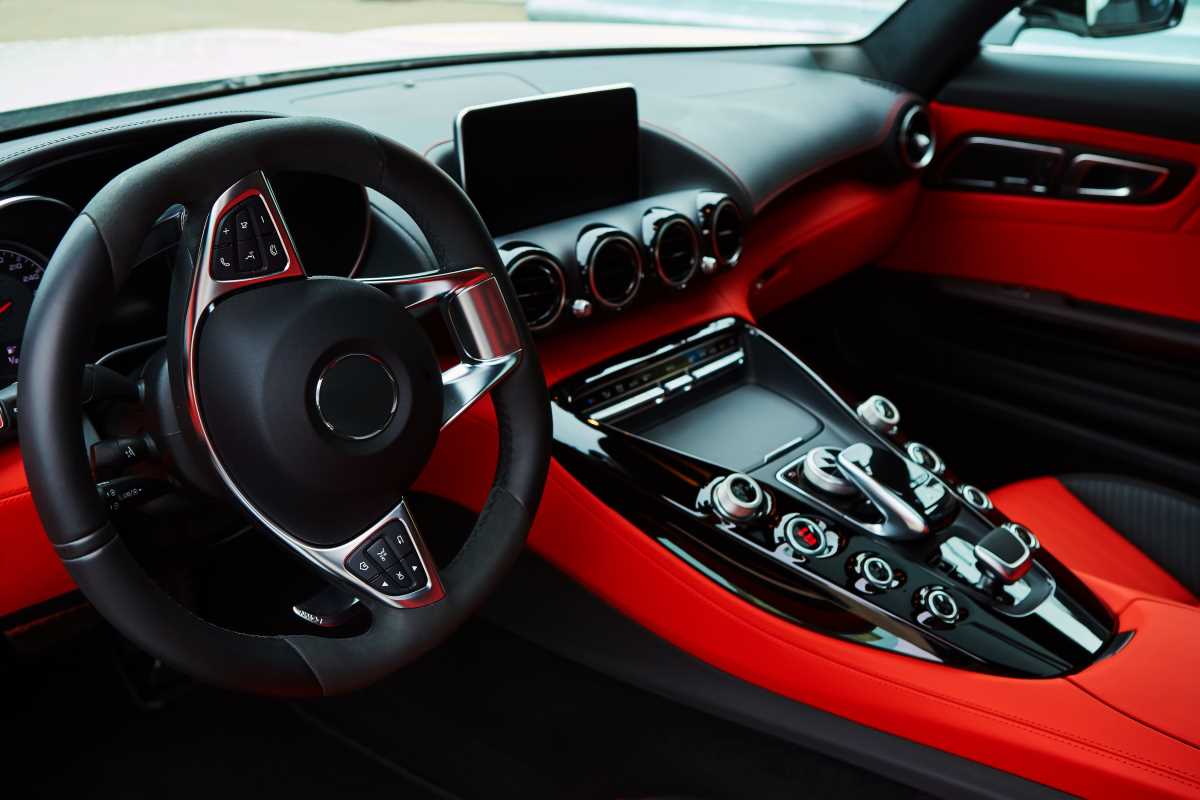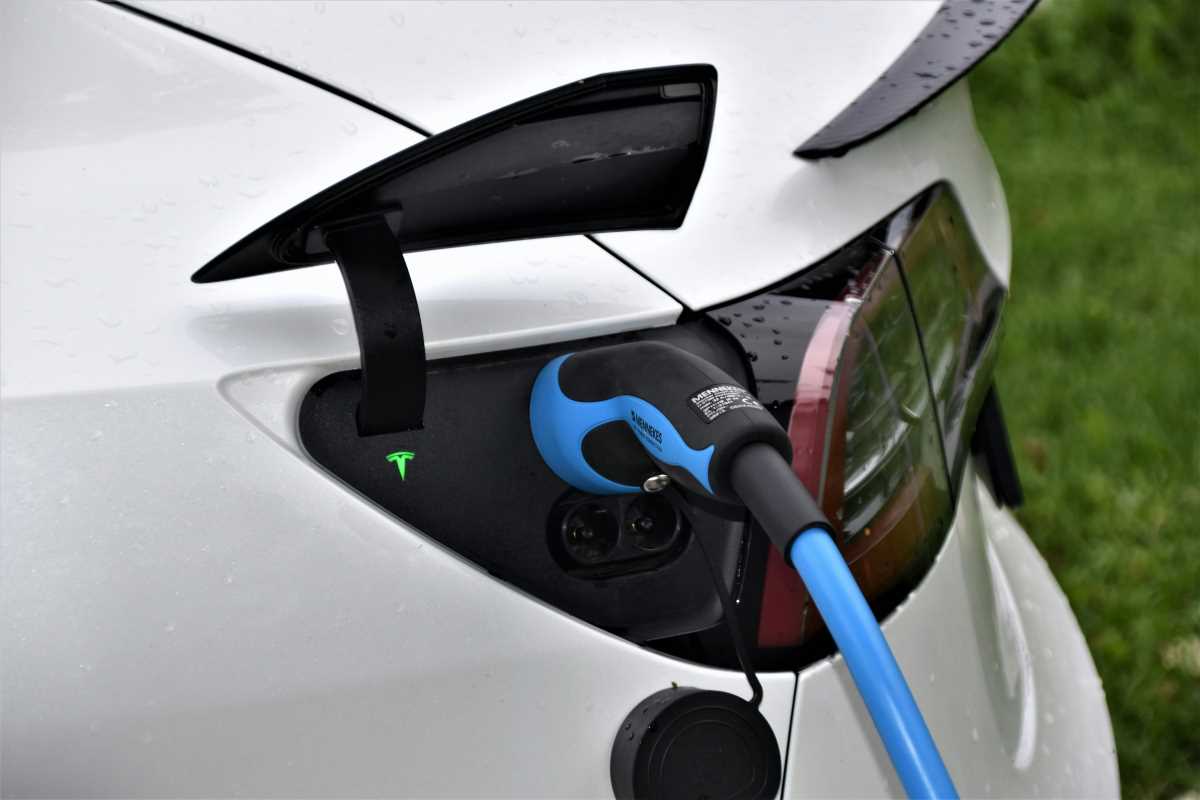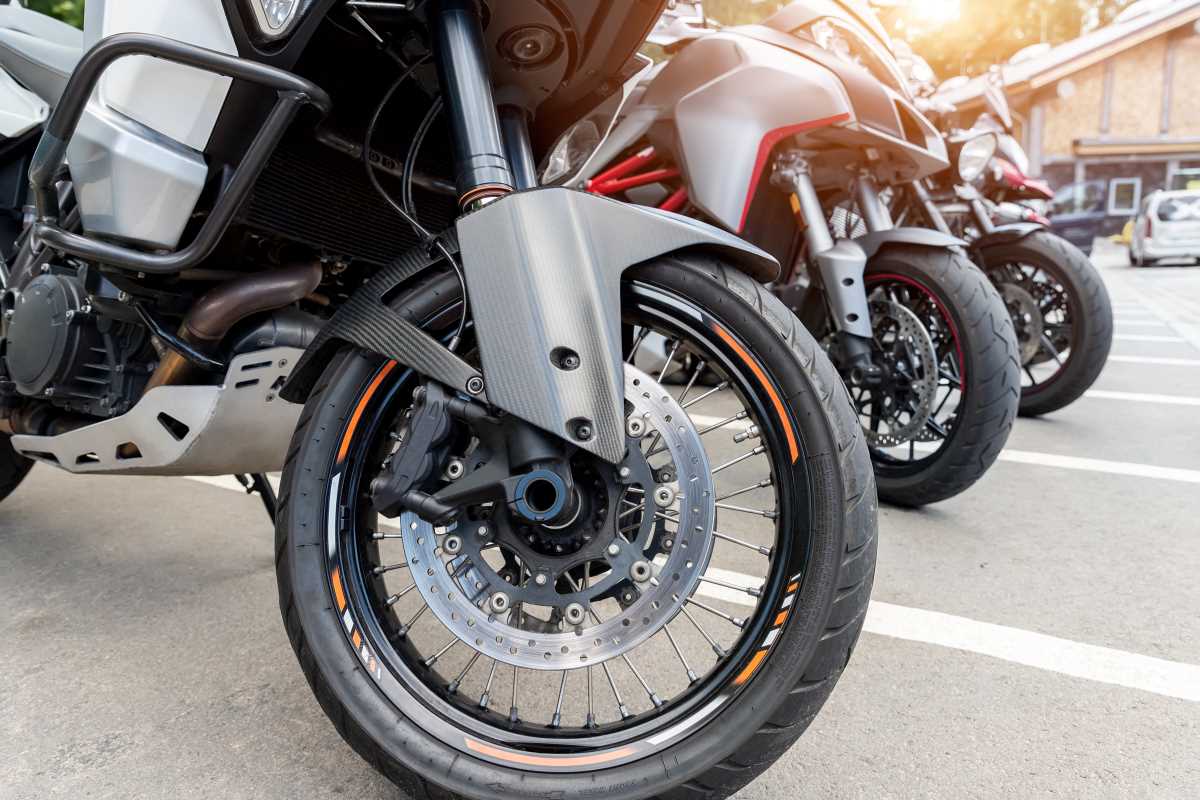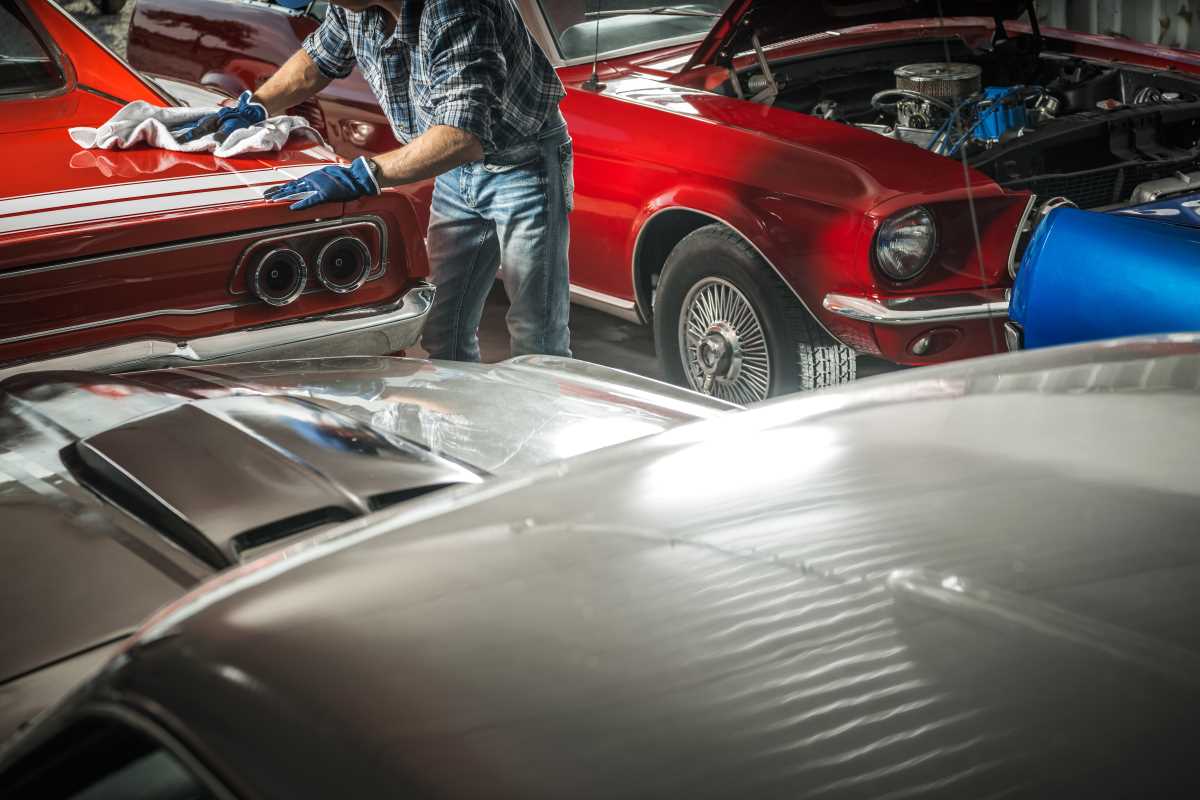Collectors and enthusiasts find that classic cars offer a unique connection to the past, with every dent and detail telling its own story. Sitting in the driver’s seat of a vintage vehicle should be a pleasure, not a source of concern about old or unreliable safety features. By updating essential safety components, you preserve the character of your beloved automobile while gaining confidence for every trip, whether you’re navigating scenic highways or running everyday errands. Installing modern safety upgrades grants reassurance and lets you focus on the joy of the drive, knowing you’ve blended tradition with protection.
Working on a classic usually means rolling up your sleeves and learning as you go. Swapping in modern bits can look intimidating if you’ve never handled wiring or suspension setup. The trick is breaking each upgrade into steps so you avoid jumping straight into complex installs.
Evaluate Your Classic Car’s Current Safety Features
Before shopping for new parts, walk around your car and make notes. Check what’s stock and where the weak spots live. For example, an old drum brake in the rear might still stop you but lacks the quick response of a modern disc setup.
Once you list out the factory gear, you can identify the upgrades that give the biggest boost in safety. Budget wisely by tackling major gaps first instead of replacing everything at once.
- Steering column: risk of collapse in a frontal impact
- Brake type: drum brakes vs. disc options
- Seat belts: lap belts only, three-point, or none at all
- Lighting: dim halogen bulbs or cracked lenses
- Chassis corrosion: rust weakens crash protection
Replace Old Seat Belts and Restraints
Switching out lap belts for three-point harnesses offers you real support in a panic stop. You’ll feel more secure hugging corners if you’re strapped in correctly. Select a harness that bolts to the factory anchor points or into a weld-in roll bar.
Installing new belts can vary by car, but most systems include clear instructions. Double-check each bolt with a torque wrench so nothing works loose over time.
- Three-point seat belts: bolt to original anchor points, easy swap
- Four- or five-point harnesses: mount to roll bar or reinforced frame
- Inflatable belts: cushion force in a crash, plug into stock buckles
- Install tips:
- Measure belt length to maintain a snug fit
- Use grade 8 hardware for secure mounting
Install Better Braking Systems
Disc brake conversions often start with the front axle because that’s where most stopping power goes. You can find bolt-on kits that match your spindle and rotor size, letting you clip on calipers without heavy fabrication.
Add an anti-lock braking system (ABS) feels like a technical leap, but companies now sell universal ABS modules with pressure sensors and pump assemblies. You’ll need a control unit wired to those sensors, but most kits include a plug-and-play harness.
Pairing modern brake pads with stainless steel lines also improves pedal feel. Steel lines don’t expand under pressure, so you get immediate response every time you press the pedal.
Upgrade Lighting and Visibility
Switching from halogen to LED or HID bulbs transforms dark night drives into clear, well-lit trips. LED systems run cooler and draw less power, while HID bulbs give a bright, wide beam that cuts through fog.
Lighting upgrades often require a compatible ballast or driver for stable voltage. Many kits include adapters that connect directly to your stock headlight connector.
- LED kits: long lifespan, low power draw, cooler operation
- HID conversions: high brightness, require ballasts, warm-up time
- Halogen replacements: improved filament tech, budget option
- Installation tips:
- Seal headlight housing to prevent moisture
- Align beam height to avoid blinding oncoming traffic
Add Modern Infotainment and Connectivity for Safety
Installing a modern touchscreen or a dash-mounted smartphone holder brings features like turn-by-turn navigation and voice commands. When your phone pairs via Bluetooth, you keep both hands on the wheel while taking calls or playing favorite tracks.
Some classic builders hide small display units behind an original dash panel so you preserve that vintage face with a hidden digital layer. Read reviews carefully and watch teardown videos to see how others hide cables and modules neatly. You can Upgrade Your Classic Car with this approach without ruining the stock look.
By upgrading one system at a time—such as seat belts, brakes, lights, and connectivity—you enhance your classic ride’s safety without losing its personality. A step-by-step plan ensures a seamless blend of vintage style and modern safety.
 (Image via
(Image via





